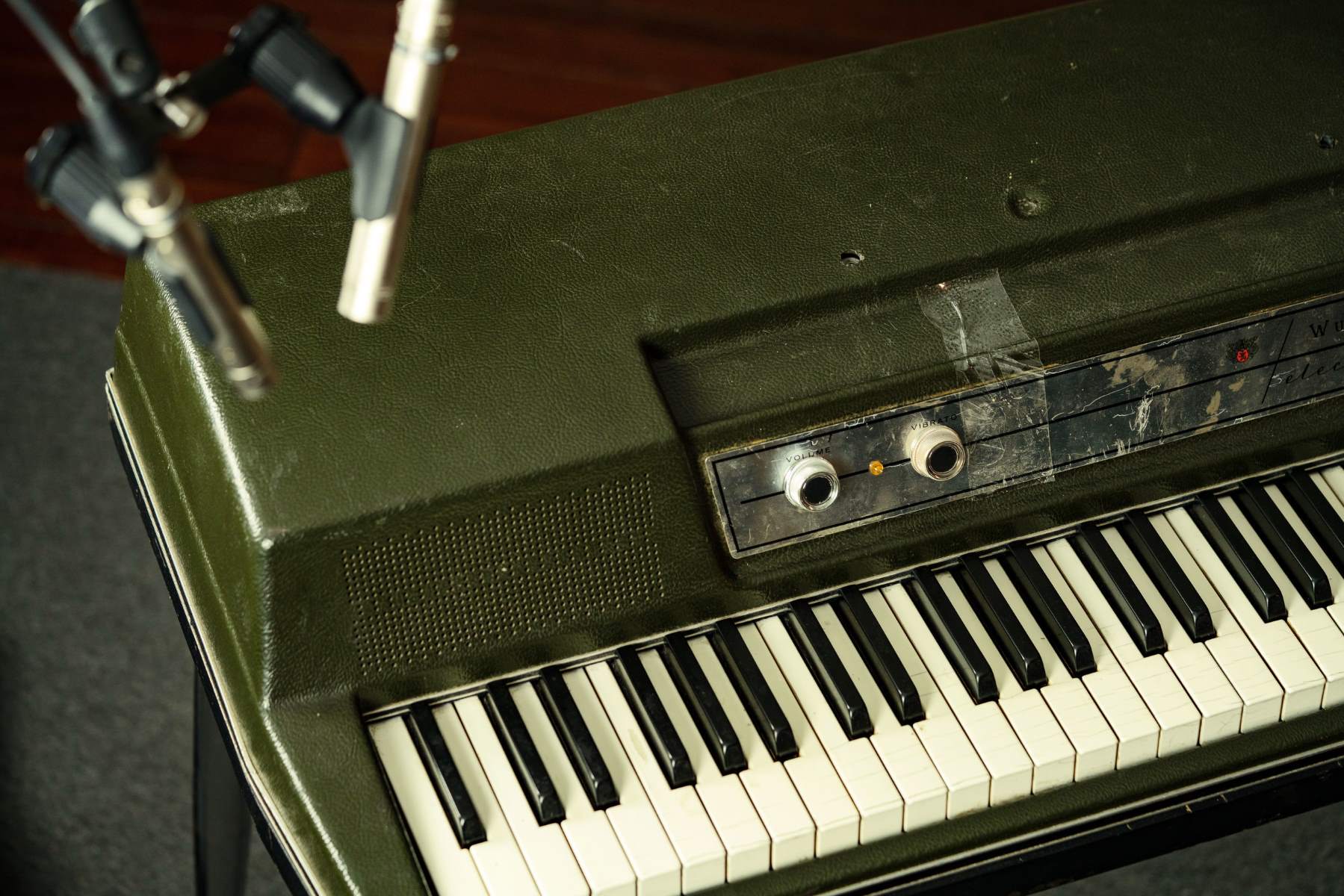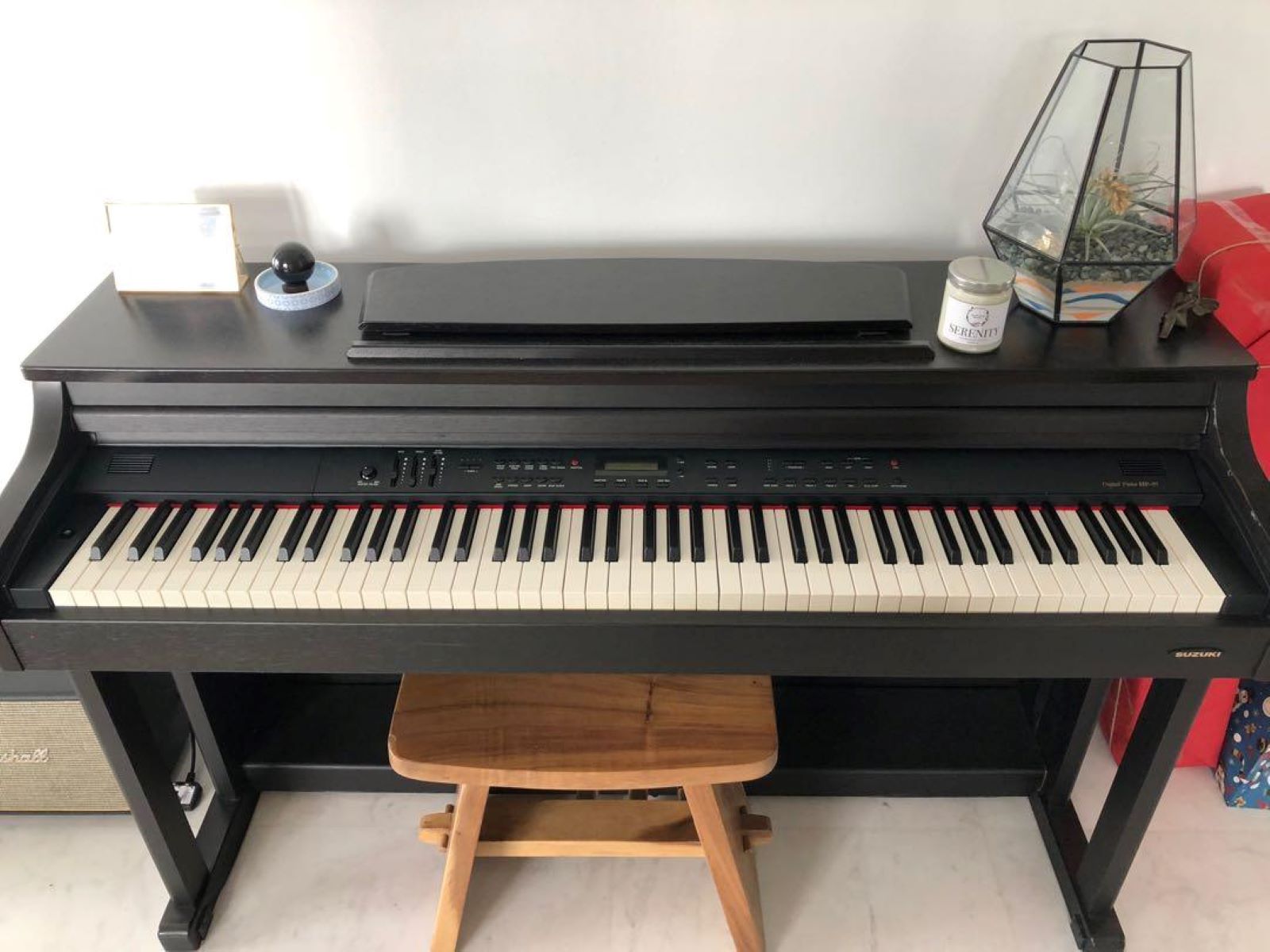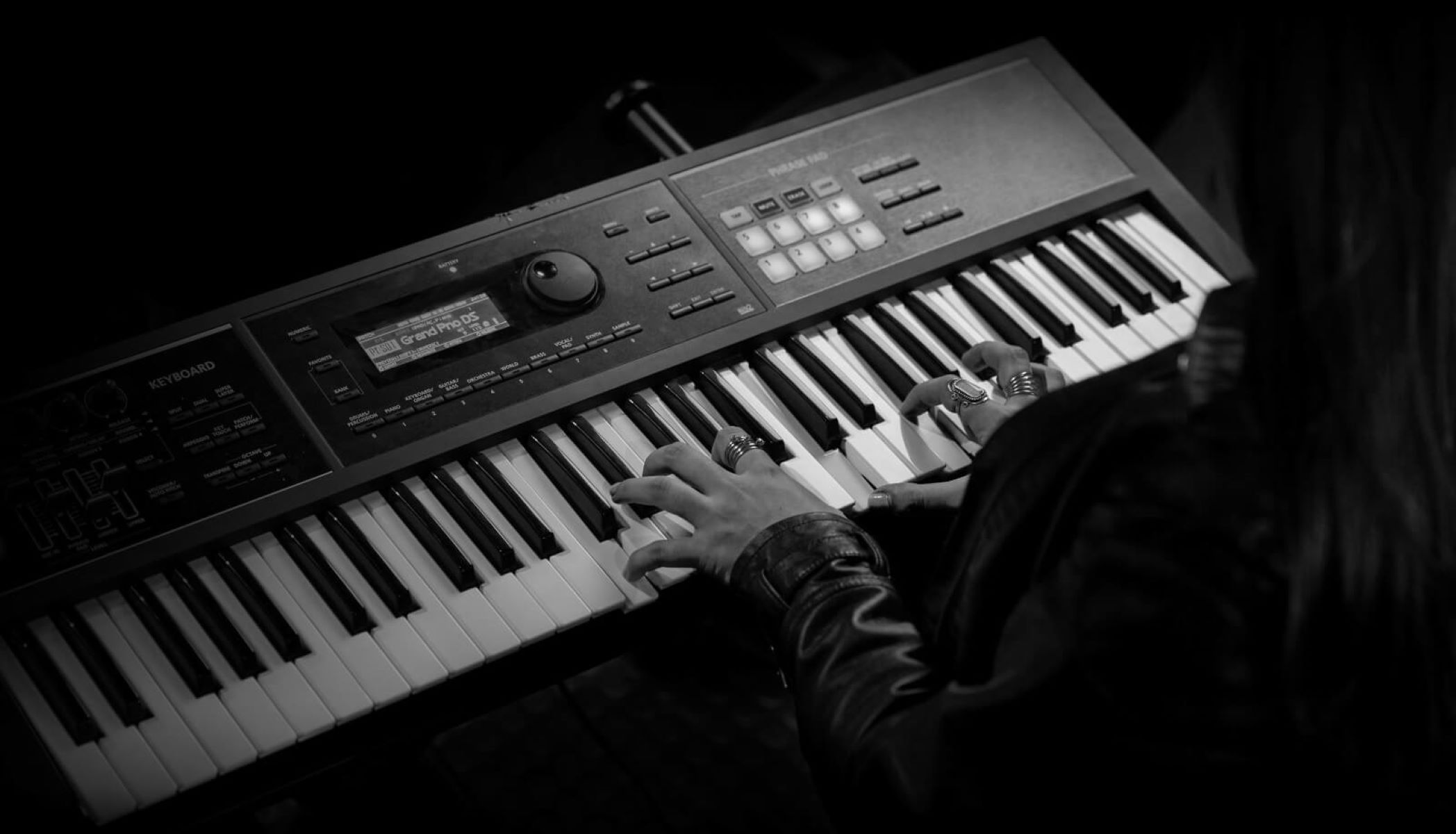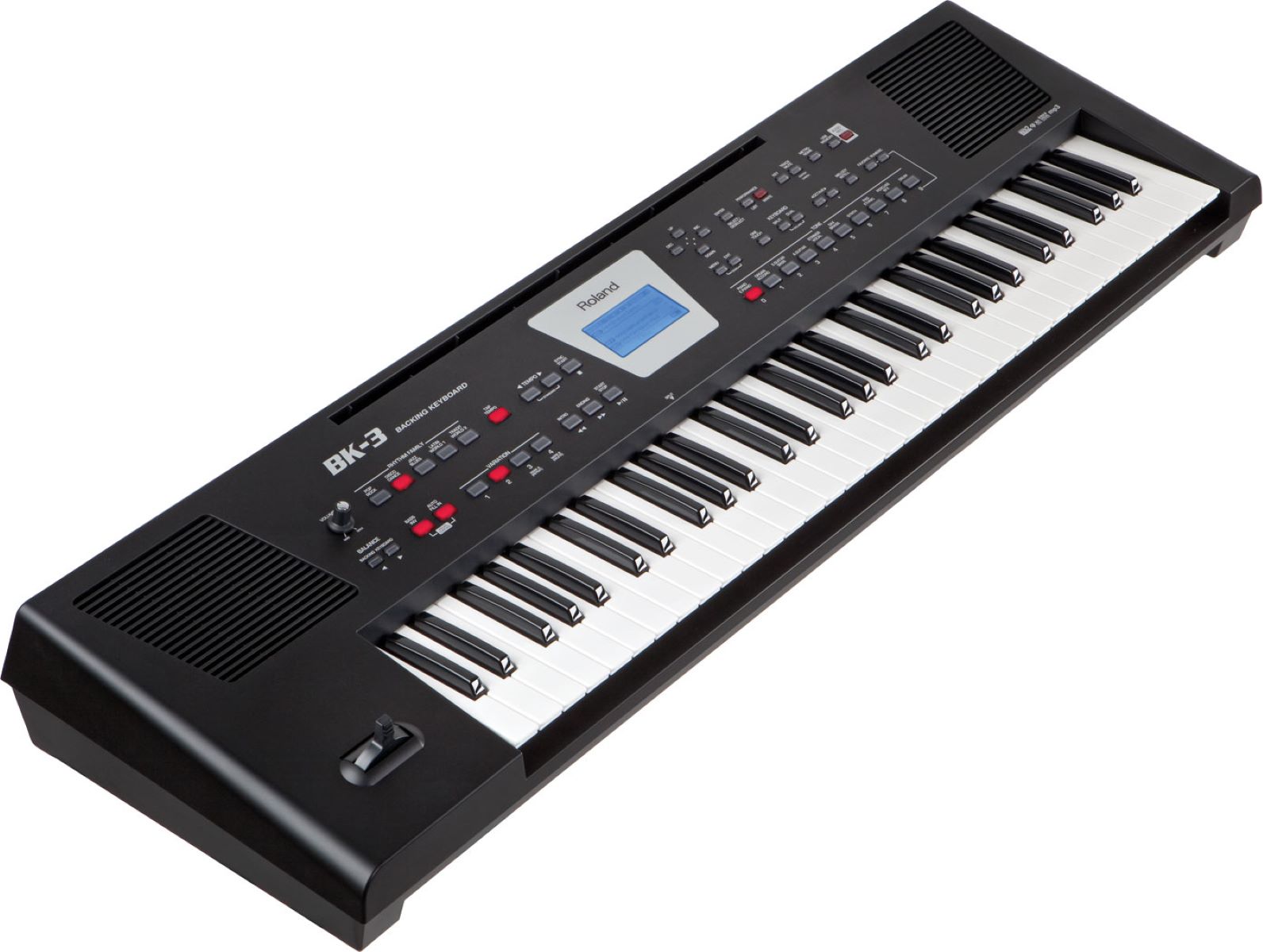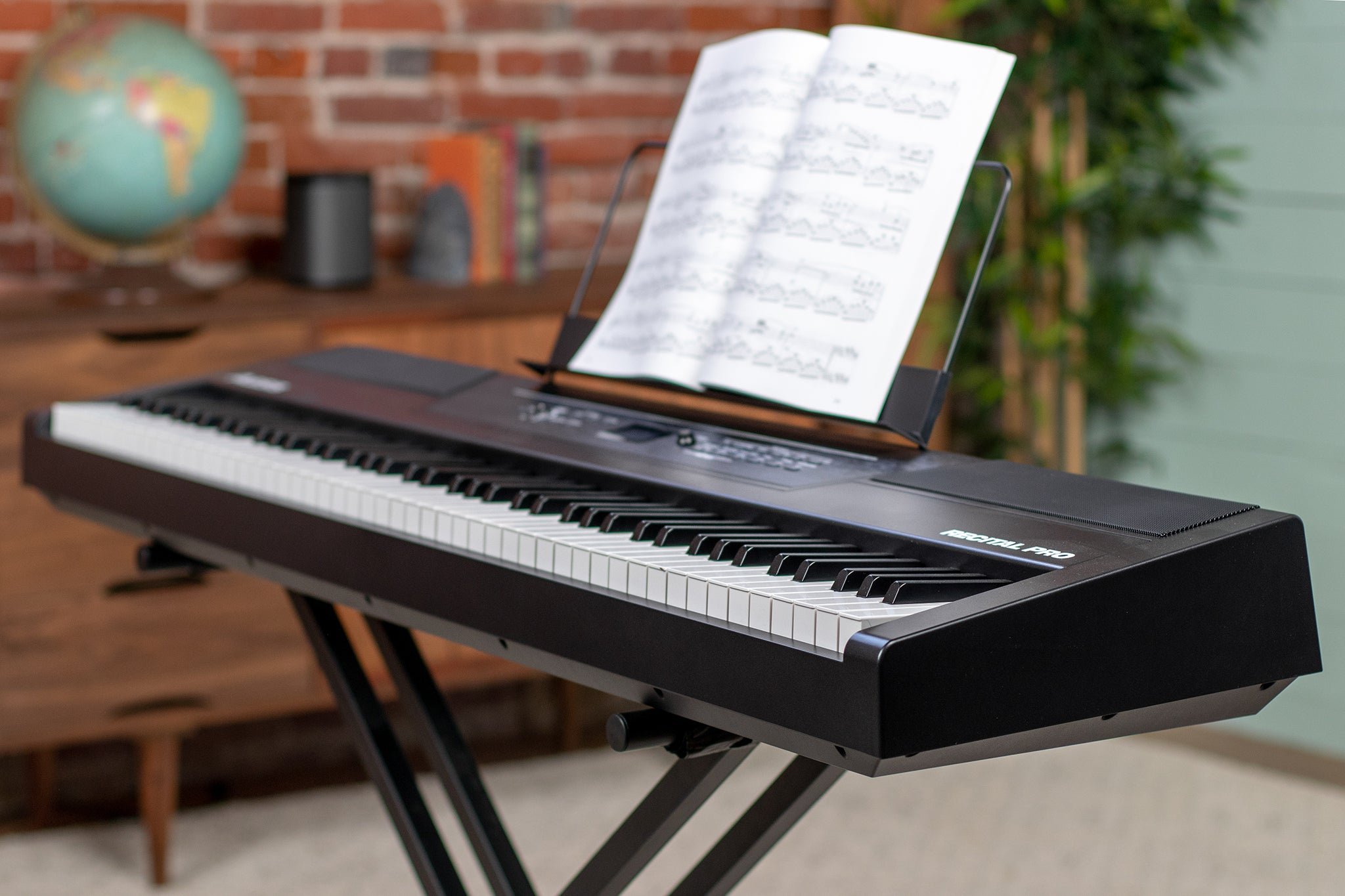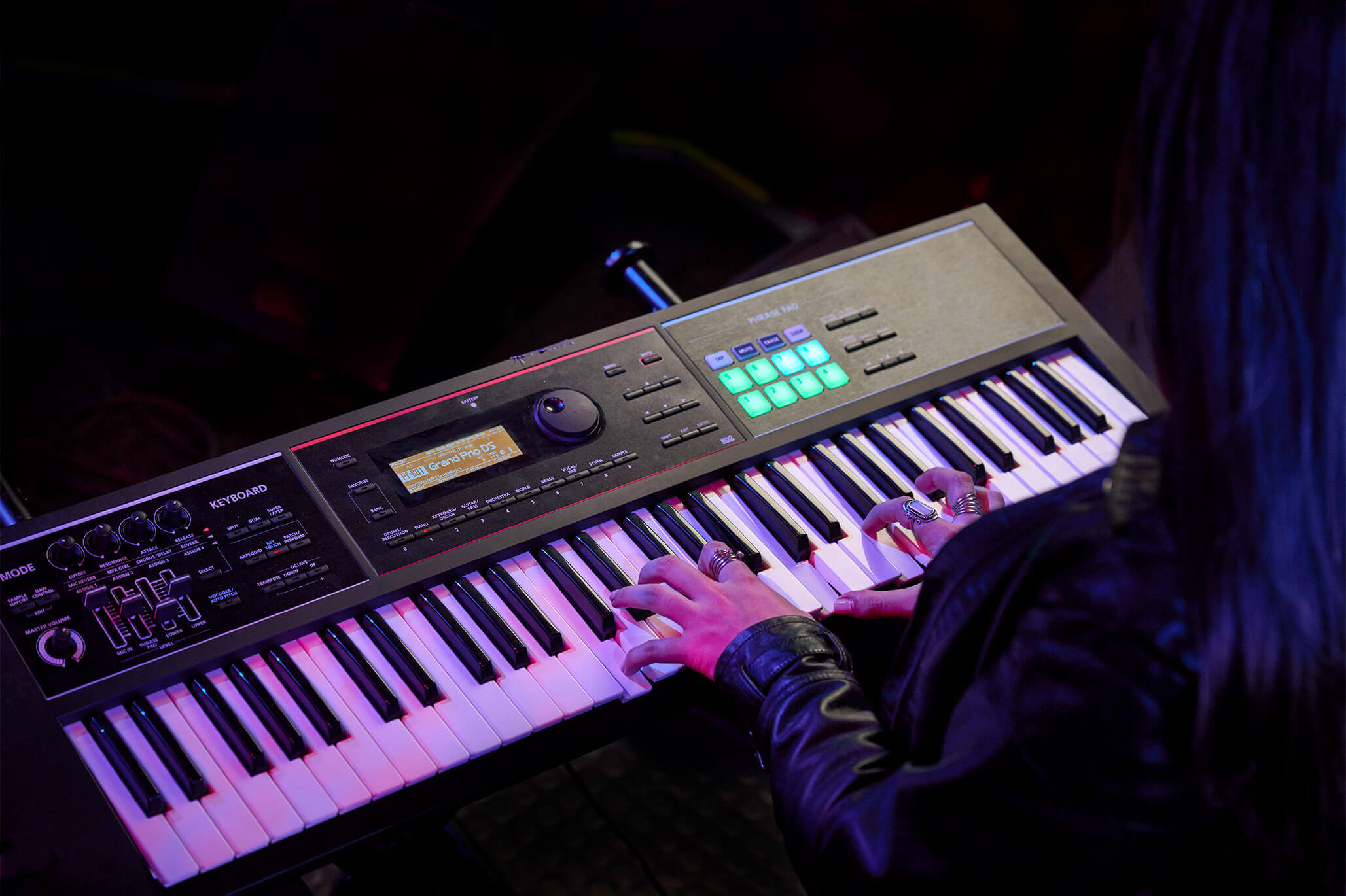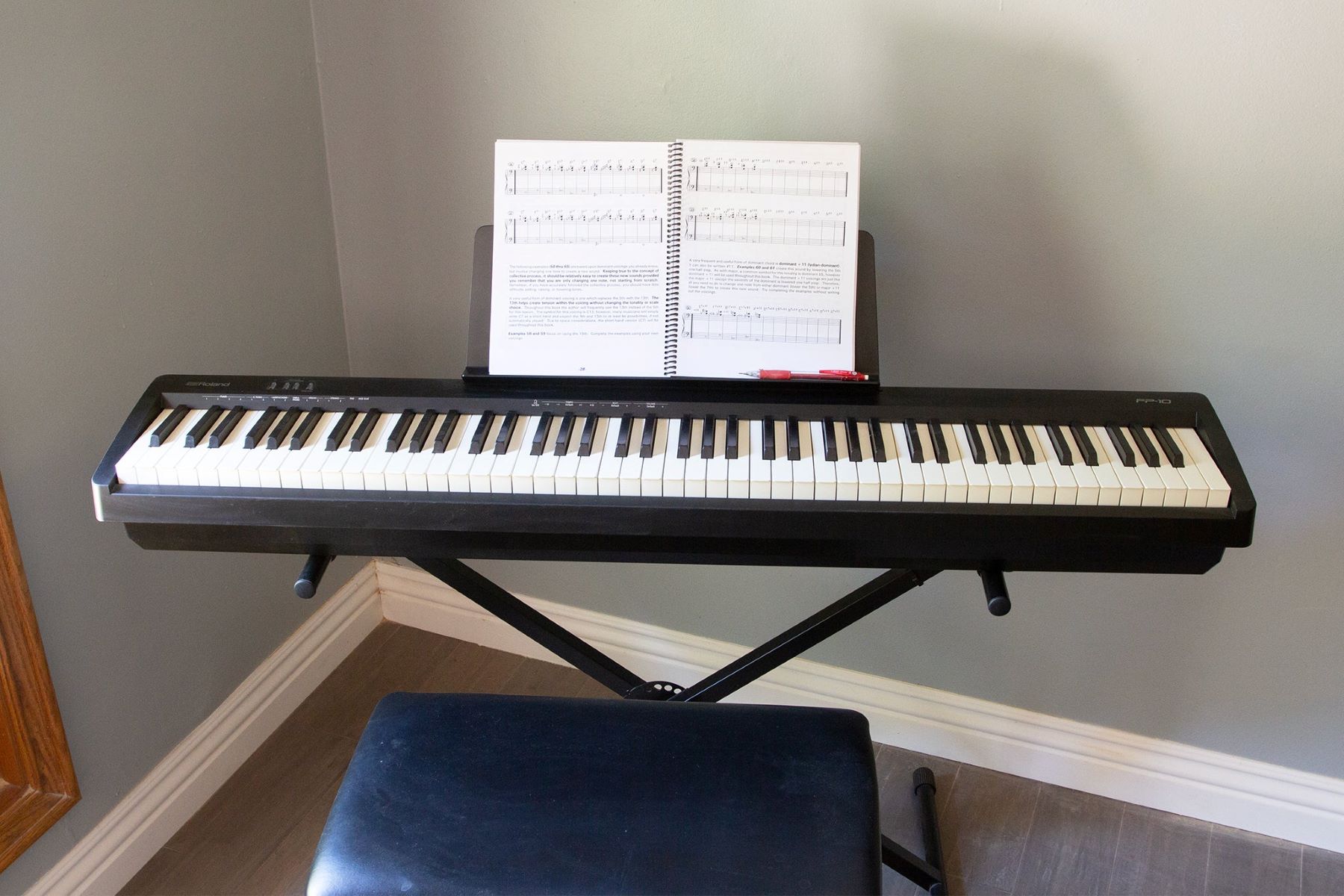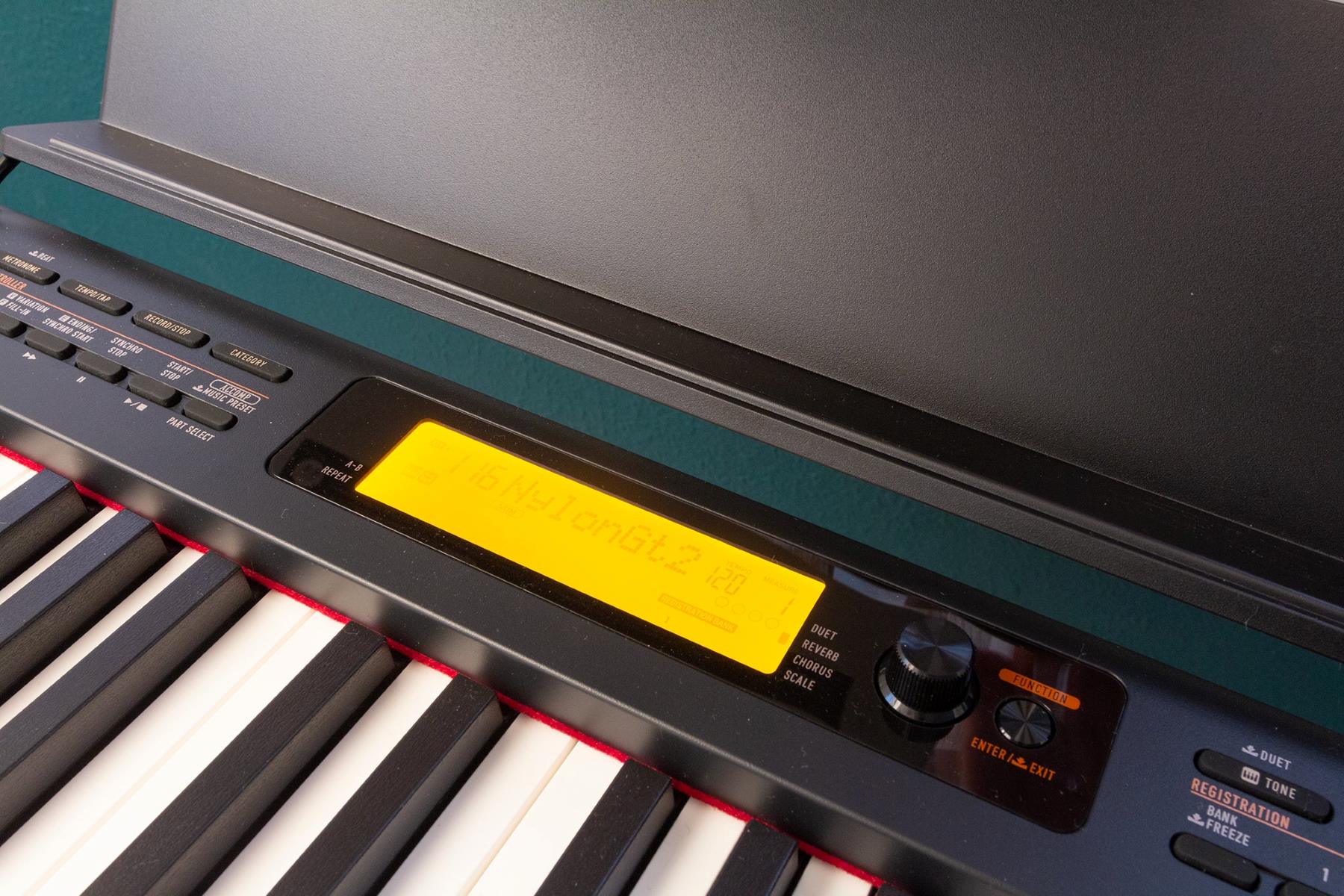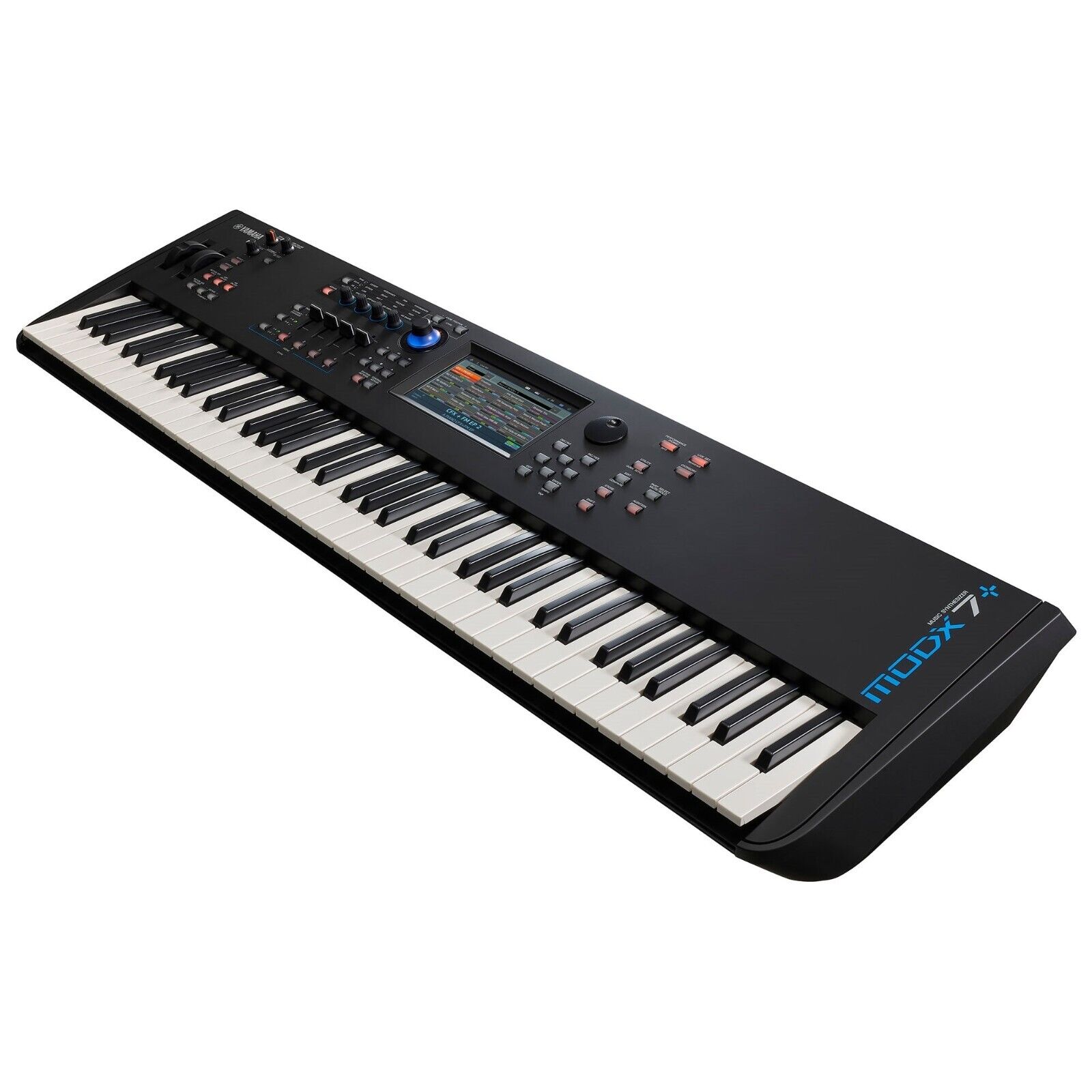Introduction
Introduction
So, you've mastered the art of playing the digital piano and now you're ready to share your musical prowess with the world. Whether you're looking to create captivating YouTube covers, record original compositions, or simply capture the magic of your live performances, knowing how to record your digital piano with just one microphone can make all the difference. With the right techniques and equipment, you can achieve professional-quality recordings that truly showcase the beauty of your music.
In this guide, we'll explore the essential steps to successfully record your digital piano using a single microphone. From selecting the right microphone to optimizing its placement and fine-tuning the recording settings, we'll cover everything you need to know to capture the rich, dynamic sound of your digital piano.
Recording with a single microphone can present unique challenges, but it also offers a simplicity and intimacy that can elevate your recordings. By understanding the principles of microphone selection, positioning, and recording techniques, you'll be able to harness the full potential of your digital piano and create stunning audio recordings that resonate with your audience.
Whether you're a seasoned musician or a budding pianist, mastering the art of recording your digital piano with one microphone can open up a world of creative possibilities. So, let's dive in and discover the secrets to capturing the soul-stirring sound of your digital piano with just a single microphone.
Choosing the Right Microphone
When it comes to recording your digital piano with a single microphone, selecting the right microphone is crucial to achieving the desired sound quality. There are several factors to consider when choosing a microphone for this purpose, including the microphone type, polar pattern, and frequency response.
Microphone Type: The two primary microphone types used for recording digital pianos are condenser and dynamic microphones. Condenser microphones are known for their sensitivity and ability to capture the nuances of the piano’s sound, making them a popular choice for recording. Dynamic microphones, on the other hand, are more rugged and versatile, making them suitable for live performances and recording in less controlled environments.
Polar Pattern: The polar pattern of a microphone determines the direction from which it captures sound. For recording a digital piano, a cardioid or omnidirectional polar pattern is often preferred. A cardioid microphone focuses on capturing sound from the front while minimizing background noise, making it suitable for solo piano recordings. Omnidirectional microphones capture sound from all directions, offering a more immersive and natural sound but may also capture more ambient noise.
Frequency Response: The frequency response of a microphone refers to the range of frequencies it can capture. For recording a digital piano, a microphone with a flat and extended frequency response is ideal, as it can faithfully reproduce the full range of the piano’s sound, from the deep bass notes to the sparkling highs.
Additionally, factors such as budget, brand reputation, and microphone sensitivity should also be taken into account when choosing the right microphone for recording your digital piano. It’s essential to strike a balance between quality and affordability, ensuring that the chosen microphone meets your recording needs without breaking the bank.
By carefully considering these factors and perhaps experimenting with different microphones, you can find the perfect match for capturing the unique tonal characteristics and expressive nuances of your digital piano.
Setting Up Your Digital Piano
Before diving into the recording process, it’s essential to ensure that your digital piano is properly set up to deliver the best possible sound for the recording. Whether you’re using a stage piano, digital grand piano, or a compact digital keyboard, the following steps will help you optimize your instrument for recording with a single microphone.
Audio Outputs: Many digital pianos are equipped with audio output options, such as quarter-inch jacks or USB connections. Identify the appropriate audio output on your digital piano, considering whether you’ll be connecting directly to a recording interface, mixer, or audio interface.
Volume and Tone Settings: Take the time to adjust the volume and tone settings on your digital piano to achieve the desired sound. Experiment with different settings to find the optimal balance, ensuring that the sound is clear, full-bodied, and free from any unwanted distortion or harshness.
Connectivity: If your digital piano offers multiple connectivity options, such as line outputs or headphone jacks, consider how these can be utilized to enhance the recording process. For example, using the headphone output to monitor the sound during recording can provide real-time feedback and help you make adjustments as needed.
Room Acoustics: Assess the acoustics of the room where you’ll be recording. While digital pianos offer the advantage of consistent sound output, the room’s acoustics can still influence the overall recording quality. Consider factors such as room size, furniture placement, and potential acoustic treatments to create an optimal recording environment.
Performance Space: Determine the ideal location for placing your digital piano. Consider factors such as natural lighting, comfort, and the availability of power outlets for the microphone and recording equipment. Creating a comfortable and inspiring performance space can positively impact your playing and the overall recording experience.
By taking the time to set up your digital piano thoughtfully, you can ensure that it is primed to deliver exceptional sound quality for the recording process. These preparatory steps lay the foundation for capturing the true essence of your digital piano’s sound with a single microphone, setting the stage for a successful recording session.
Positioning the Microphone
Once your digital piano is ready for recording, the next critical step is positioning the microphone to capture the instrument’s rich and nuanced sound. The placement of the microphone plays a pivotal role in capturing the full tonal range and dynamic expression of the digital piano. Here are some essential considerations for positioning the microphone effectively:
- Distance and Height: Position the microphone at a distance from the piano that allows it to capture a balanced blend of the instrument’s treble and bass frequencies. A suggested starting point is to place the microphone around 12 to 18 inches away from the piano’s soundboard. Experiment with the height and angle of the microphone to find the sweet spot that captures the full sonic character of the instrument.
- Placement Relative to the Sound Source: For a single microphone setup, positioning the microphone slightly above the open lid of the piano can yield favorable results. This placement allows the microphone to capture the direct sound from the strings and soundboard while also capturing the ambient reverberations within the instrument.
- Microphone Orientation: Orient the microphone to align with the center of the piano’s soundboard, ensuring that it captures an even distribution of sound across the instrument’s range. Experimenting with slight variations in the microphone’s orientation can help fine-tune the recorded sound to your preference.
- Avoiding Unwanted Noise: Pay attention to potential sources of unwanted noise, such as air vents, fans, or external ambient sounds. Position the microphone away from these sources and consider using a pop filter to minimize any plosive sounds that may occur during recording.
It’s important to note that the positioning of the microphone can significantly influence the tonal balance and spatial imaging of the recorded sound. Take the time to listen critically as you adjust the microphone position, making incremental changes to achieve the desired sonic characteristics.
By carefully positioning the microphone to capture the essence of your digital piano’s sound, you can set the stage for a compelling and evocative recording that truly showcases the instrument’s expressive capabilities.
Adjusting Levels and EQ
Once the microphone is positioned to capture the best possible sound from your digital piano, the next step is to focus on adjusting the levels and equalization to ensure a balanced and polished recording. This process involves optimizing the input levels, setting appropriate gain, and applying basic EQ adjustments to enhance the tonal characteristics of the recorded sound.
Optimizing Input Levels: Begin by setting the input levels on your recording interface or mixer to ensure that the signal from the microphone is neither too quiet nor prone to clipping or distortion. Aim for a healthy signal level that allows for ample headroom while avoiding any signal overload.
Setting Gain: Adjust the microphone’s gain or input level to achieve a suitable signal strength without introducing unwanted noise or distortion. Carefully monitoring the input level indicators on your recording equipment can help you find the optimal gain setting for capturing the nuances of your digital piano’s sound.
Basic EQ Adjustments: While a single microphone setup may limit extensive EQ control, making subtle adjustments can enhance the overall tonal balance of the recording. Consider applying gentle boosts or cuts in the low, mid, or high-frequency ranges to refine the sound and compensate for any tonal irregularities in the recording environment or the piano itself.
Monitoring the Sound: Use high-quality studio headphones or monitor speakers to critically listen to the recorded sound as you make level and EQ adjustments. Pay attention to the clarity of individual notes, the richness of the piano’s timbre, and the overall balance of the sound across the frequency spectrum.
By carefully adjusting the input levels and applying subtle EQ enhancements, you can ensure that the recorded sound faithfully represents the expressive qualities of your digital piano. These refinements contribute to a professional and polished recording that captures the true essence of your musical performance.
Recording Techniques
Mastering the art of recording your digital piano with a single microphone involves employing effective recording techniques that bring out the best in your instrument’s sound. Whether you’re aiming for a pristine studio-quality recording or a more intimate and natural ambiance, the following techniques can elevate the overall recording process:
- Dynamic Playing and Expression: Focus on delivering a dynamic and expressive performance, leveraging the full range of your digital piano’s capabilities. Varying the touch, articulation, and pedal usage can imbue the recording with depth and emotion, adding a human touch to the captured sound.
- Room Ambiance: Embrace the natural acoustics of the recording space to introduce a sense of depth and spaciousness to the recording. Experiment with capturing the ambient reverberations and reflections within the room, allowing them to complement the direct sound of the piano and create a captivating sonic environment.
- Multiple Takes and Angles: Consider recording multiple takes from different microphone positions and angles to explore various sonic perspectives. This approach provides flexibility during the mixing and editing stages, allowing you to select the most compelling recordings and blend them to create a rich and immersive sonic landscape.
- Performance Consistency: Strive for consistency in your playing across multiple takes, ensuring that the emotional and tonal character of the performance remains cohesive. This consistency facilitates seamless editing and mixing, enabling you to craft a compelling final recording that captures the essence of your musical interpretation.
- Monitoring and Feedback: Continuously monitor the recorded sound as you perform, allowing for real-time adjustments to the microphone position, playing technique, and musical interpretation. Soliciting feedback from a trusted listener or producer can provide valuable insights and help refine the recording process.
By incorporating these techniques into your recording approach, you can unlock the full potential of your digital piano and create captivating recordings that resonate with depth, emotion, and sonic richness. Embracing the nuances of the instrument’s sound and your expressive performance can yield recordings that truly captivate and engage your audience.
Conclusion
Recording your digital piano with a single microphone is a rewarding endeavor that allows you to capture the essence of your musical expression in a compelling and authentic manner. By carefully selecting the right microphone, optimizing the positioning, and leveraging effective recording techniques, you can create captivating recordings that showcase the full tonal range and emotive depth of your digital piano.
Throughout this guide, we’ve explored the essential steps involved in recording with a single microphone, from the meticulous process of choosing the right microphone to the nuanced art of positioning and adjusting levels. Each of these steps contributes to the overall goal of faithfully capturing the soul-stirring sound of your digital piano, allowing you to share your musical artistry with the world.
As you embark on your recording journey, remember to embrace the uniqueness of your digital piano’s sound and your individual playing style. Each recording presents an opportunity to convey your musical narrative with authenticity and artistry, transcending the technical aspects to evoke genuine emotional connections with your audience.
Whether you’re aiming to produce professional-quality studio recordings or intimate live performance captures, the knowledge and techniques shared in this guide serve as valuable tools in your pursuit of sonic excellence. With dedication, creativity, and a discerning ear, you can harness the potential of a single microphone to craft recordings that resonate with depth, emotion, and musicality.
So, as you embark on your recording endeavors, may the sound of your digital piano reverberate with the passion and creativity that define your musical journey. With each recording, you have the opportunity to weave a sonic tapestry that reflects the true essence of your artistry, inviting listeners into a world of captivating melodies and evocative harmonies.
Embrace the art of recording with a single microphone, and let your digital piano’s voice resonate with the beauty and emotion that define your musical expression.







